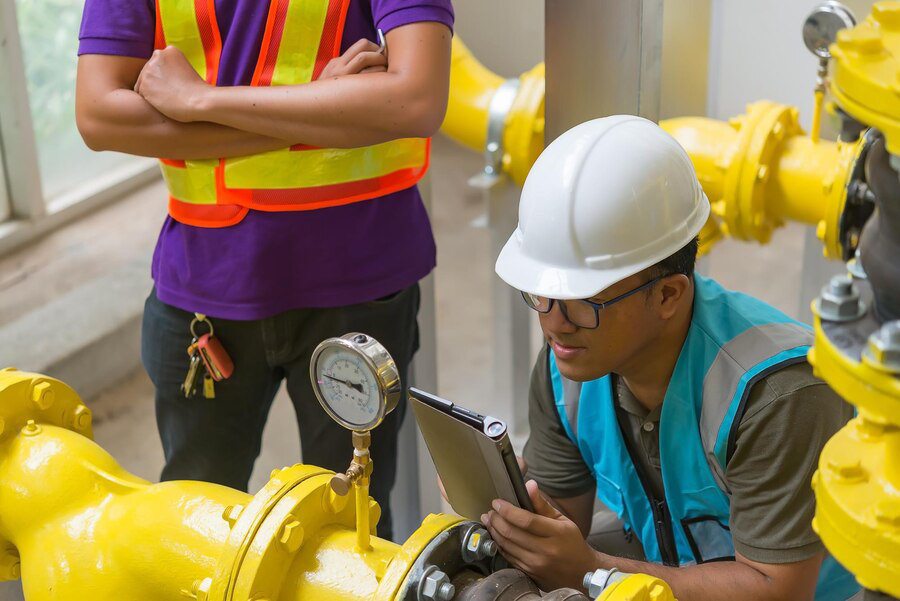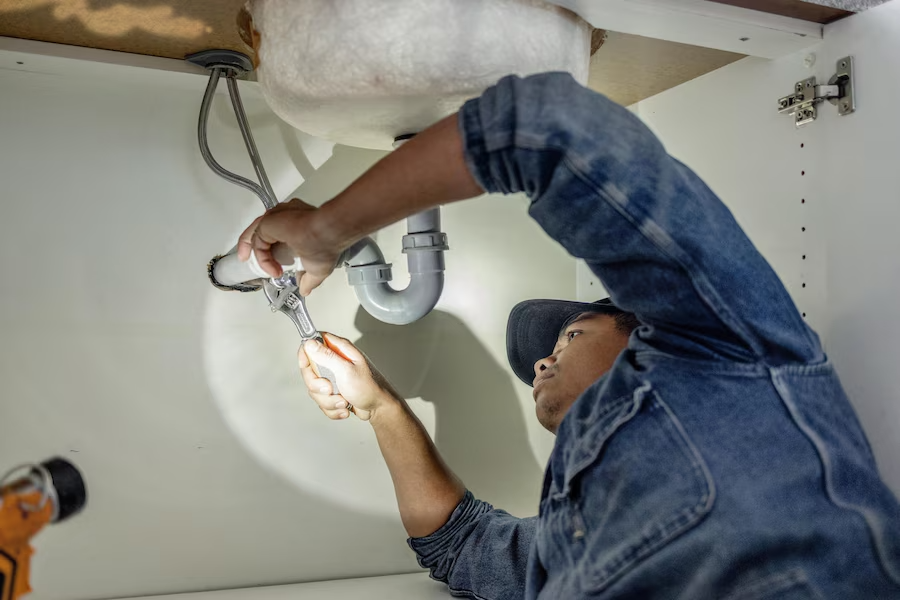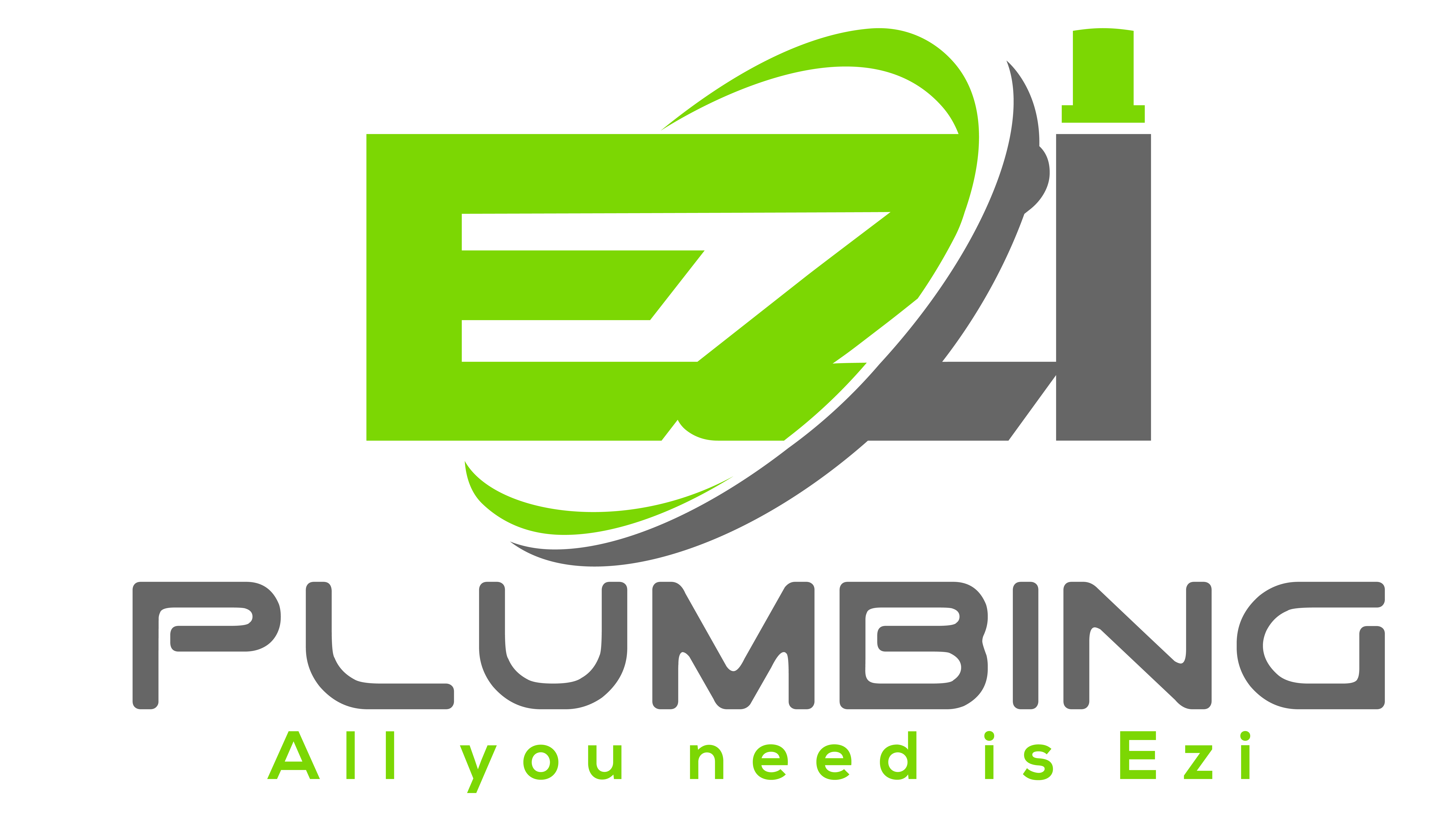Safeguard Your Water Supply with Expert Backflow Prevention Tips
Backflow prevention is a critical aspect of maintaining a safe and clean water supply. At EZI Plumbing, we specialize in ensuring that your water system remains uncontaminated and compliant with local regulations. This essential guide covers the key components of backflow prevention, helping you understand its importance and how to implement effective solutions. Whether you’re a homeowner or a business owner, understanding backflow prevention can protect your health and investment. Explore the fundamental techniques and tools necessary to prevent backflow and ensure your water supply remains safe and secure.
Understanding Backflow: What It Is and Why It Matters
Backflow is a significant plumbing issue where contaminated water flows backward into the clean water supply, posing serious risks to health and safety. This can occur due to changes in pressure within the plumbing system, often caused by events like pipe bursts or heavy water usage. The consequences of backflow include potential contamination of drinking water with harmful chemicals or pathogens, which can lead to health hazards and environmental damage, making backflow prevention crucial for maintaining water quality.

- Backflow: Backflow refers to the reversal of water flow in a plumbing system, where contaminated water flows backward into clean water sources. This disrupts the intended flow direction, potentially causing contamination and health hazards.
- Causes of Backflow: Common causes include pressure changes, such as back-siphonage or backpressure, and system failures like valve malfunctions or cross-connections between potable and non-potable water sources.
- Health Risks: Backflow can introduce harmful substances, bacteria, or chemicals into drinking water, leading to serious health risks such as gastrointestinal illnesses, infections, or even poisoning if consumed or exposed to contaminated water.
- Environmental Impact: Backflow can contaminate natural water sources, harming aquatic ecosystems and wildlife. Chemicals or pollutants introduced through backflow can disrupt water quality, affecting biodiversity and ecosystem health, as well as contaminating soil and vegetation.
- Regulations and Standards: Adhering to local and national regulations, including installing backflow prevention devices and regular inspections, is crucial to prevent backflow incidents and ensure the safety of water supplies. Compliance with standards helps mitigate health risks and protects the environment from contamination.
Understanding backflow is the first step towards safeguarding your water supply. In the following sections, we’ll explore the various mechanisms designed to prevent backflow and protect your plumbing. We’ll also highlight how Ezi plumbing‘s expertise and services can assist you in maintaining a safe, efficient, and reliable plumbing system. Stay tuned to learn how to ensure your water remains uncontaminated and your plumbing system operates smoothly with the help of Ezi Plumbing.
Types of Backflow Preventers: Choosing the Right Device
Selecting the appropriate backflow preventer is essential for effective backflow prevention. This section will guide you through various types of backflow prevention devices, aiding in the identification of the one that best fits your requirements. From Reduced Pressure Zone (RPZ) assemblies and Double Check Valve (DCV) assemblies to Atmospheric Vacuum Breakers (AVBs) and Pressure Vacuum Breakers (PVBs), each type offers unique features and benefits tailored to specific applications. Understanding these options ensures optimal protection for your water supply.
- Air gap: a basic backflow prevention method, employs physical space between water outlets and potential contaminants. Widely used in plumbing systems, it ensures reliable separation, making it suitable for various applications, from residential sinks to industrial facilities, safeguarding against backflow without reliance on mechanical components or maintenance.
- A Double Check Valve Assembly (DCVA): consists of two check valves, preventing backflow by closing if water reverses direction. Commonly utilized in residential and commercial plumbing, it safeguards against contamination from non-health hazards, such as irrigation systems or fire sprinklers, ensuring reliable protection with minimal maintenance requirements.
- The Reduced Pressure Zone Device (RPZ): is favored for high-risk installations due to its robust design, comprising two check valves and a pressure differential relief valve. By creating a zone of reduced pressure, it effectively prevents backflow, making it suitable for safeguarding against pollutants in industrial, commercial, or municipal water systems.
- A Pressure Vacuum Breaker (PVB): features a check valve and air inlet port to prevent backflow and siphonage. Typically installed on outdoor water lines, such as sprinkler systems, it maintains water quality by preventing contaminants from entering the potable water supply, offering cost-effective protection in residential and light commercial settings.
- An Atmospheric Vacuum Breaker (AVB): provides backflow prevention by incorporating an air inlet valve, opening to break siphonage and prevent contamination. Offering a more affordable alternative to complex backflow prevention devices, it’s commonly used in residential and light commercial applications where code permits, with simpler installation and lower maintenance requirements compared to other devices.
Choosing the right backflow preventer is crucial for safeguarding your water supply. With a solid grasp of these devices, you can make informed decisions to meet your plumbing needs effectively. In the following sections, we’ll delve into the details of installation and maintenance, highlighting the importance of regular upkeep. We’ll also discuss the advantages of seeking professional assistance from Ezi Plumbing to ensure your system remains in optimal condition. Stay tuned for valuable insights and practical tips.
Understanding Backflow:A Primer for Homeowners
In this section, delve into the intricacies of backflow, a crucial concept in residential plumbing. Backflow occurs when water flows in the opposite direction than intended, potentially contaminating the clean water supply. By understanding the mechanisms behind backflow, homeowners can better grasp its implications and take proactive measures to prevent it. Topics covered may include the causes of backflow, such as back siphonage and back pressure, as well as its potential health risks and regulatory requirements. Through this primer, homeowners gain essential knowledge to safeguard their water quality and ensure the integrity of their plumbing systems.
Common Backflow Risks in Residential Plumbing Systems

Explore the typical vulnerabilities present in residential plumbing setups that can give rise to backflow incidents. From garden hoses left submerged in stagnant water to improper connections between potable and non-potable water sources, various factors can contribute to backflow risks. By identifying these common scenarios, homeowners can better assess the potential threats to their water supply and take proactive measures to mitigate them. This section may delve into specific examples of cross-connections, back siphonage, and back pressure situations commonly encountered in households. By understanding the root causes of backflow risks, homeowners are empowered to implement targeted prevention strategies and safeguard the integrity of their plumbing systems.
The Role of Backflow Prevention Devices
Types and Installation: Illuminate the significance of backflow prevention devices in mitigating the risks of contamination in residential plumbing systems. These specialized devices serve as essential safeguards against backflow incidents by ensuring that water flows in the intended direction and preventing cross-contamination between different plumbing lines. By exploring the various types of backflow prevention devices available for residential use, homeowners gain insight into the diverse options at their disposal. This section may discuss the functionality and installation process of devices such as check valves, backflow preventer assemblies, and air gaps. By understanding the role of these devices in maintaining water quality and safety, homeowners can make informed decisions regarding their implementation within their plumbing systems.
DIY Backflow Prevention Tips for Homeowners
Empower homeowners with practical strategies they can implement independently to reduce the risk of backflow incidents in their plumbing systems. From simple maintenance tasks to regular inspections, there are several proactive measures individuals can take to minimize the likelihood of backflow. This section may offer guidance on inspecting and maintaining outdoor faucets, ensuring proper drainage for garden hoses, and identifying potential cross-connection hazards. Additionally, it may provide tips for troubleshooting common issues that could compromise backflow prevention, such as valve malfunctions or leaks. By equipping homeowners with actionable advice, this section encourages proactive maintenance practices that contribute to the overall integrity and reliability of residential plumbing systems.
Conclusion
Safeguarding your plumbing system from backflow is paramount to ensuring the safety and purity of your water supply. By implementing the measures outlined in this guide, you can proactively prevent the contamination of your potable water, thereby safeguarding the health of your household and community. Remember, maintaining vigilance and seeking professional assistance when necessary are crucial steps in upholding the integrity of your plumbing infrastructure.
For further inquiries or assistance with backflow prevention solutions, feel free to reach out to Ezi Plumbing. Our dedicated team stands ready to address any questions or concerns you may have. Contact us via email at mail@eziplumbing.com.au or give us a call at 0448467788. Let’s work together to ensure the ongoing reliability and safety of your plumbing system.

